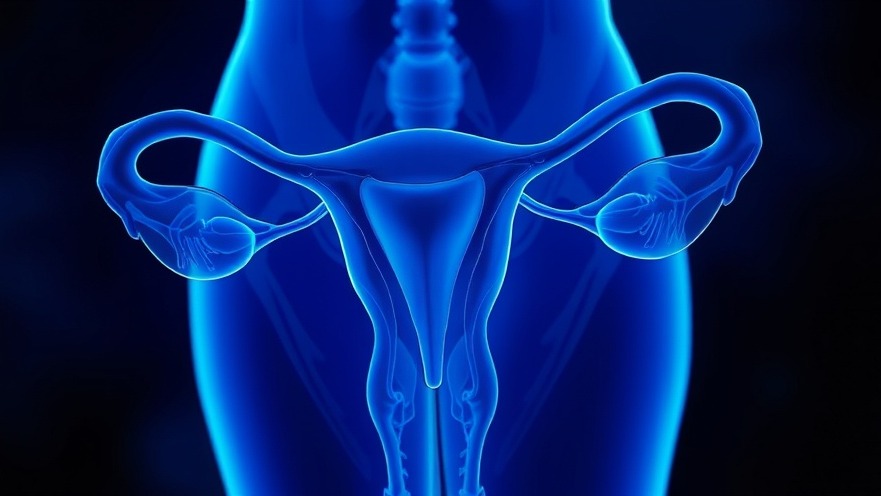
Revolutionizing IVF: How a Novel Method Enhances Sperm Viability
In the evolving landscape of assisted reproductive technology, a groundbreaking study from the University of Illinois Urbana-Champaign introduces a novel in vitro fertilization (IVF) method that mimics the environment of the fallopian tubes, significantly enhancing sperm viability. This innovative approach not only promises to improve fertility outcomes for individuals but also holds potential ramifications for animal agriculture, particularly in pig IVF.
The Science Behind Sperm Viability
Sperm viability is a critical determinant of IVF success. Traditional methods have faced challenges in maintaining sperm health during the fertilization process. The senior author of the study, David Miller, alongside a team of chemists, made significant strides in understanding how oviduct glycans—complex sugars found in the fallopian tubes—prolong sperm lifespan. This could lead to increased success rates in IVF, a crucial concern for doctors and patients alike.
What Are Oviduct Glycans?
Oviduct glycans, notably the sulfated Lewis X trisaccharide (suLeX), are instrumental in storing sperm within the female reproductive tract. The team identified suLeX as the optimal glycan to bind and extend the viability of sperm cells. By utilizing this compound in lab settings, they could simulate conditions similar to those experienced in human reproductive systems. This insight not only provides a better understanding of human reproductive biology but also sets the stage for more effective fertility treatments.
The Experimental Approach: Key Findings
To investigate the effects of suLeX on sperm viability, researchers designed a set of experiments. They coated culture dishes with suLeX and introduced sperm, allowing them to attach for 30 minutes before adding eggs. In varying time frames—0, 6, 12, or 24 hours—the researchers observed interesting patterns:
At the 0-hour point, fertilization efficiency was significantly higher for sperm attached to suLeX (53%) compared to a control group without any oviduct compounds (36%).
While delaying the introduction of eggs reduced fertilization rates across all groups, the reduction was less pronounced in those utilizing suLeX.
These findings point towards the potential for extending the 'window of opportunity' for successful fertilization, offering new hope to doctors and patients navigating the complex terrain of fertility treatments.
Implications for Fertility Treatments and Animal Agriculture
The implications of this research go beyond human fertility practices. With the agricultural sector facing its reproductive challenges, the knowledge gained from this study can enhance fertility rates in livestock, particularly in porcine reproduction. By improving IVF techniques in agriculture, farmers can increase livestock productivity, influencing food supply and economic stability.
Future Directions and Considerations
As the medical community anticipates the potential human applications of this research, several questions arise. How will this method be integrated into current practices? What regulatory frameworks will be necessary to ensure its safe use in clinical settings? The journey from laboratory to clinical application is often fraught with challenges, yet the promise of improved IVF outcomes is a tantalizing prospect.
Concierge health practitioners must stay informed about these developments to provide the best possible care to their patients. As more research unfolds, adapting treatment plans to incorporate new technologies and methods will be crucial in achieving successful outcomes.
Embracing Technological Innovations in Healthcare
For healthcare professionals, keeping abreast of technological advancements like this one can dramatically shape patient care. Understanding fertility technologies not only equips practitioners to advise patients better but also fosters a proactive approach to reproductive health. As the landscape evolves, practitioners may need to consider incorporating advanced laboratory techniques into their practices to provide comprehensive and modern reproductive care.
With so much riding on effective fertility treatments, embracing innovative solutions rooted in scientific research is paramount. How can you incorporate these insights into your practice to enhance patient outcomes in fertility?
 Add Row
Add Row  Add
Add 




Write A Comment